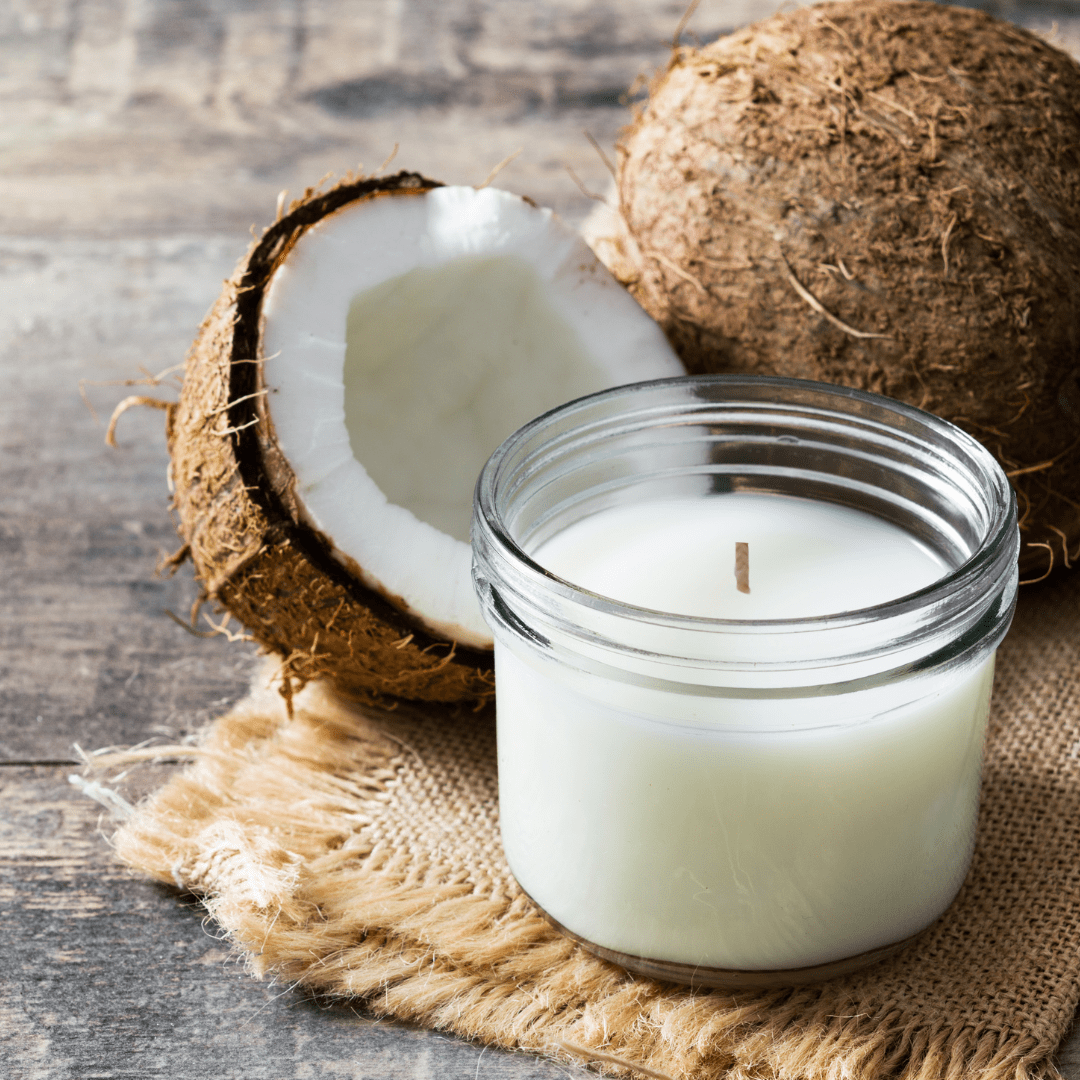Learn the Magic of Crystal Soy Candles and Home Fragrance
Learn the Magic of Crystal Soy Candles and Home Fragrance
Blog Article
From Wick to Wax: Recognizing the Chemistry Behind Soy Wax Candles and Their Environmental Influence
As we illuminate our spaces with the warm radiance of candle lights, there exists a realm of detailed chemistry behind the apparently easy act of lighting a soy wax candle light. The selection in between soy and paraffin wax prolongs beyond simple aesthetic appeals, delving right into the realm of environmental influence and the very composition of the products. Comprehending the molecular framework of soy wax and its burning procedure sheds light on the emissions launched into our surroundings. Join us as we unravel the clinical details behind soy wax candles and discover their ramifications on our environment.
Soy Wax Vs. Paraffin Wax
When contrasting soy wax and paraffin wax for candle light making, it is important to recognize the distinct characteristics and advantages of each product. Soy wax is a natural, sustainable source originated from soybean oil, making it naturally degradable and environment-friendly - soy candles. In comparison, paraffin wax is a result of oil refining, which elevates issues regarding its environmental effect and sustainability
Soy wax candles shed cleaner and give off less residue compared to paraffin wax candle lights, making them a healthier option for interior air quality. Additionally, soy wax has a lower melting factor, allowing for a longer-lasting candle light that disperses scent more successfully. Paraffin wax, on the other hand, often tends to burn faster and much less cleanly, possibly launching harmful chemicals right into the air.
From a sustainability point of view, soy wax is favored for its biodegradability and sustainable sourcing, lining up with the growing consumer preference for environmentally aware products. While paraffin wax has actually been a conventional option in candle making as a result of its affordability and ease of usage, the change in the direction of green options like soy wax is gaining momentum in the market.
Chemical Make-up of Soy Wax

Combustion Refine in Soy Candles
The chemical composition of soy wax directly affects the combustion procedure in soy candles, affecting variables such as shed time, fragrance release, and environmental influence. When a soy candle light is lit, the warm from the flame melts the wax near the wick. This liquid wax is then drawn up the wick as a result of capillary action. As the liquid wax reaches the flame, it goes through and vaporizes combustion. The combustion procedure includes the vaporized hydrocarbons in the wax reacting with oxygen airborne to create warmth, light, water vapor, and carbon dioxide.
The combustion efficiency of soy candles is influenced by the purity of the soy wax and the quality of the wick. Additionally, soy wax candles have a reduced ecological impact compared to paraffin candles due to their biodegradable and renewable nature.

Environmental Benefits of Soy Wax

Considered a lasting alternative to standard paraffin wax, soy wax supplies noteworthy environmental advantages that make it a popular choice among eco-conscious customers. Soy wax burns cleaner and generates less soot than paraffin wax, contributing to much better indoor air top quality and reducing the requirement for cleaning and upkeep. Overall, the ecological benefits of soy wax straighten with the growing need for lasting and eco-friendly items in the market.
Recycling and Disposal Factors To Consider
Reusing and correct disposal of soy wax candle lights play a critical role in keeping ecological sustainability and lowering waste in families and communities. The first action is to make certain that the candle has actually burned completely when it comes to recycling soy wax candles. This can be attained by allowing the candle light to melt until the wick is no much longer functional, and after that letting the remaining wax cool and strengthen. As soon as the wax has solidified, it can be thoroughly eliminated from the container.

In terms of disposal, if recycling is not a choice, soy wax candles are biodegradable and can be securely dealt with in the majority of house waste systems. It is always recommended to check with neighborhood recycling facilities or waste administration services for details standards on candle disposal to guarantee correct handling and ecological security.
Conclusion
To conclude, the chemistry behind soy wax candles exposes their environmental advantages over paraffin wax candle lights. Soy wax, derived from soybean oil, burns cleaner and generates much less soot when compared to paraffin wax. The combustion process in soy candle lights is more efficient, leading to a much longer and much more also melt. Additionally, soy crystal soy candles wax is eco-friendly and biodegradable, making it an extra lasting selection for candle production. Recycling and appropriate disposal of soy wax candles better add to their environmental effect.
When contrasting soy wax and paraffin wax for candle production, it is crucial to comprehend the unique features and benefits of each material (home fragrance).Soy wax candle lights burn cleaner and give off much less soot contrasted to paraffin wax candles, making them a healthier selection for indoor air quality.Taken into consideration a lasting choice to conventional paraffin wax, soy wax provides noteworthy environmental benefits that make it a prominent selection amongst eco-conscious customers. Soy wax burns cleaner and creates less residue than paraffin wax, contributing to much better interior air top quality and minimizing the need for cleansing and upkeep.In verdict, the chemistry behind soy wax candle lights discloses their ecological benefits over paraffin wax candles
Report this page